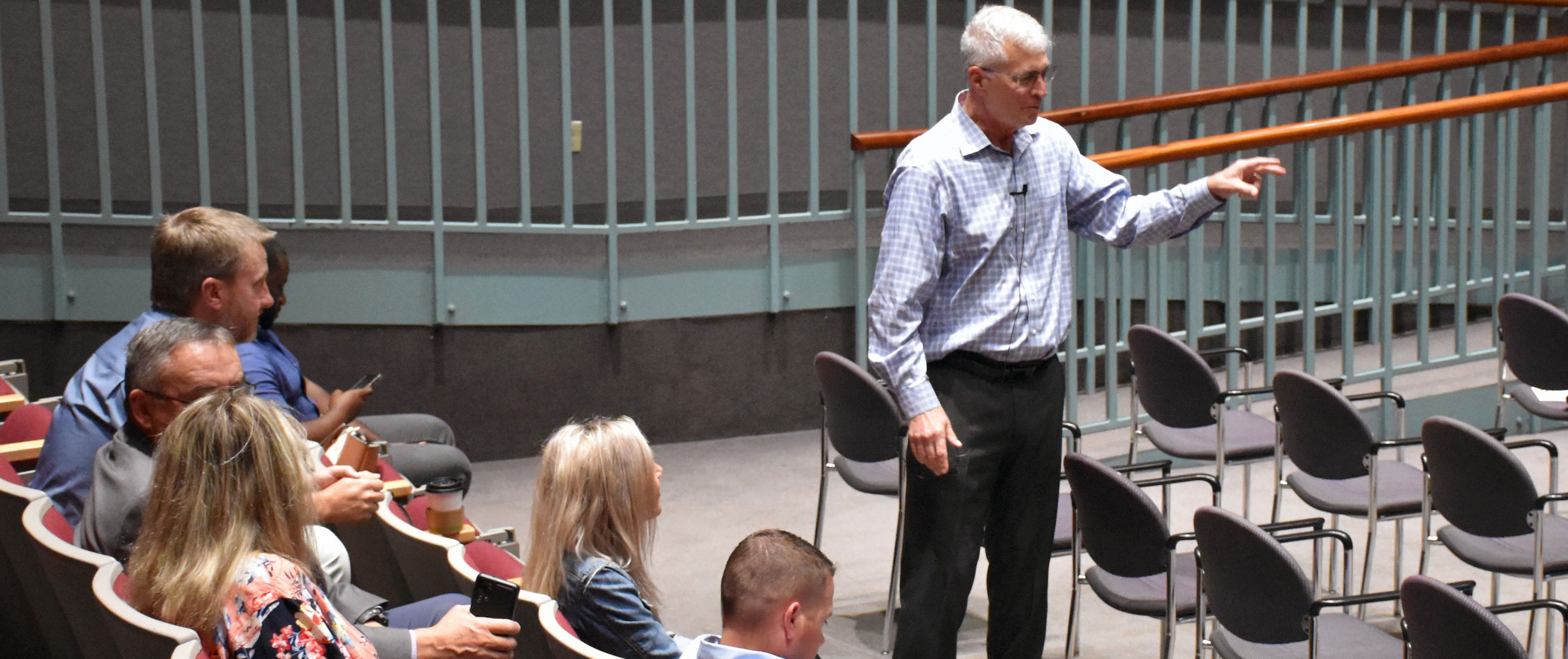As I speak at hospitals across the country, the issue of physician employment is always on the “short list” of topics that CEO’s want me to cover. The trend toward physician employment continues to increase. Currently about 50% of physicians across the country are employed by hospitals and systems. In fact, in some markets there is a veritable feeding frenzy in the efforts of hospitals to acquire physician practices before another hospital beats them to it.
There is no doubt that physician employment can be a successful business tactic with potential upsides for both parties. Physicians are growing increasingly tired of the hassles of administrative medicine and they increasingly value the concept of a regular paycheck and some routine in their practice hours. Hospitals have gained additional volume from those acquired practices and some gain in internalization of ancillary services.
There still remains a major question of the cost of practice acquirement. On the downside, many people believe these practices lose thousands of dollars apiece each year for the hospitals. Additionally, physicians acquired in this market panic may not be the ones that it makes most business sense for hospitals to acquire. Systems must have a strategic plan for acquiring physician practices and not just hire the “squeaky wheels”.
But what is our end game…. It is not employment; It is alignment.
Although I have seen many cases where the employment of physicians has lead to greater alignment, I believe that employment and alignment are two separate and largely independent issues. They must be dealt with accordingly.
When I assess systems across the country and plot them on a graph of employment versus operational success performance measures, there is usually a scatter-gram, with no real sense of association with employment and success. Simply put, I have seen many very successful systems around the country that do NOT employ physicians. And I have seen unsuccessful systems that employ physicians.
Employment is a great strategy for hospitals and health care systems, but it in itself will not create alignment. Alignment is a process that is earned by both parties, not something which can be stipulated in a contract. Alignment is created through common vision, values and culture. It is created and nurtured over time and such an environment can take years to develop; Or it may not develop at all. It requires constant work by both parties and will be tested every time that a controversial issue comes up.
The employment trend will continue; More and more physicians will become employed by hospitals and health care systems in the future. Alignment between physicians and hospitals, already important, will become more critical than ever as we go through the market challenges and changes of health care reform.
Though employment may have hospitals and physicians working in closer quarters and more tied together in contractual performance measures, true alignment will remain allusive until the values and cultural issues are more entwined and practiced in the day to day business decisions of the organization.
Employment remains a great tactic if it makes business sense. But if we all agree that hospital-physician alignment is the true end goal, then this tactic alone will not suffice. Initiatives for employment and initiatives for alignment are not the same. One does not guarantee the other.
Let’s put it in perspective…. the goal is alignment. A potential tactic is employment.
Let’s be sure we are doing things for the right reason.




